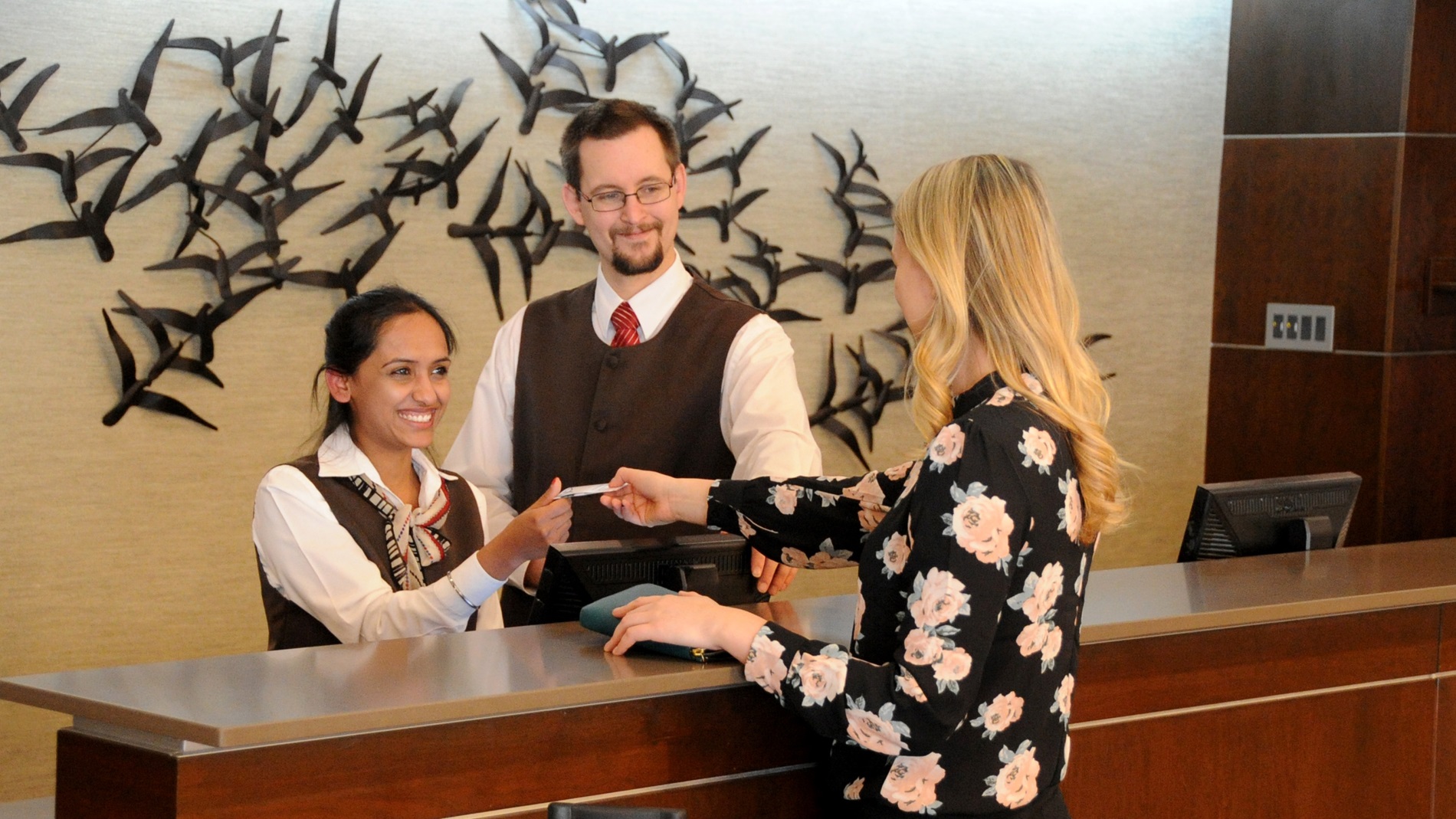Boundaries are as important in the workplace as they are in the rest of your life. Without strong boundaries at work, you’ll end up burnt out, resentful and unsatisfied with your job. Professional boundaries can be challenging to small teams or in close-knit environments where people wear a lot of hats by working in several capacities.
If you are anxious about boundary-setting, remember that boundaries aren’t just about you. They also help your team by ensuring you can do your best work and that you’re a healthy and calm person to collaborate with.
Boundaries are an integral part of everyone’s mental health and well-being. Boundaries help teach others how you would want to be treated.
What you need to know about boundaries
Physical Boundaries
Examples:
- “I can’t wait any longer to take my break. I need to eat and get some fresh air.”
- “I won’t be able to stay late tonight. I need to rest so I can focus tomorrow.”
- “I’m going to move to the conference room to focus on work alone for a few hours. I can respond to questions when I’m done.”
Emotional and Intellectual Boundaries
Examples:
- “I prefer to not talk about my romantic relationships at work. I like to keep some things private.”
- “Susan is upset about the outcome of this meeting, but it’s not my responsibility to make her feel better.”
- “I may not agree with you on this matter, but that doesn’t mean I’m ignorant or bad at my job.”
Priority And Workload Boundaries
Examples:
- “I’m sorry to hear you need this handled so urgently, that sounds stressful! But I have a full plate right now too, so I won’t be able to take care of it on the timeline you need. I’m happy to help out next month once I have more bandwidth!”
- “Absolutely, I can take on this project. What other responsibility would you like me to put on pause?”
- “I can help out with this task, but since this is my first time tackling it I will need additional time to complete it.”
Time Boundaries
Examples:
- “I’m sorry. I can’t attend meetings before 1 p.m. I need uninterrupted morning work time to be productive.”
- “I’ve allotted half an hour for our upcoming meeting. Here’s an agenda. Let’s get the important stuff out of the way first to make sure we don’t run over time.”
- “Thank you for your message. I will respond on Monday morning when I return to the office.”
Communication Boundaries
Examples:
- “I’d prefer not to text about work matters. Could you ‘Slack’ me or send an email instead?”
- “If you can agree to only call me outside work hours in emergencies, I promise to pick up when you do call and do my best to help.”
- “If I have my Slack status set to Do Not Disturb, that means I’m having uninterrupted work time. I will respond to your message afterwards.”
How to set your boundaries
Discuss Boundaries ahead of time
Let People know your boundaries. Others can’t respect your boundaries if they don’t know them.
Clarify your boundaries up front
When you join a new team or new employment ask everyone else about their boundaries. This is a great way to discuss yours as well.
Set up structures that support your boundaries
Establish routines that reinforce your boundaries. This helps you and your team’s boundaries become part of the normal way of doing things. For example, start every meeting with a clear agenda and assign one person to be a “timekeeper” or set up email autoresponders outside of work hours.
Better boundaries = better work
Understand your workload
Identify your personal capacity and how much work you can realistically take on.
Identify your job responsibilities
This will help you to prioritize tasks and focus on what’s essential.
Set priorities
Prioritize tasks based on their importance, deadlines, and potential impact on the organization.
Delegate tasks
Delegate tasks to colleagues who can assist you. This helps lighten your workload and ensures that tasks are completed efficiently.
Take time off
Recharge and rejuvenate. This includes taking breaks throughout the day, taking all your vacation time, and taking personal or sick days when needed.
Communicate often
Communication is essential in setting boundaries. Let colleagues know about your workload, deadlines, and availability.
Set limits
Set limits on what you can do. Identify your personal values and goals, and establish limits to ensure they’re not compromised.
Establish clear schedules
Detail when you’ll be working, planning, and taking breaks. This helps you to be effective with your time.
Respect others
Respect the boundaries of colleagues and clients. This includes following communication protocols, not overworking them, and letting them lead the direction and extent of any engagement.
Stay focused
Stay focused on your tasks and avoid distractions. This means turning off notifications, limiting social media access, and having a designated workspace.
Be flexible
Be flexible in cases where unexpected events arise. Be open to changing your schedule when necessary and adjust your priorities accordingly.
Ask for advice
Consult with colleagues or a mentor to help ensure you’re prioritizing the right objectives and benchmarks.
Set boundaries with social media
Limiting your social media access helps limit distractions in work, which can ultimately result in higher productivity.
Monitor your health
Monitor your physical and mental health to ensure you’re not overextending or ignoring warning signs of burnout.
Avoid overworking
Monitor your workload to ensure that you’re not working beyond your capacity, particularly during periods of high stress.
Prioritize self-care
Self-care is important in maintaining your overall well-being. Prioritize activities that help you relax and rejuvenate.
About the Author
 My name is Danielle Cameron. I am the acting Director of the H.O.P.E. Learning Centre, a program operated through Canadian Mental Health Association (CMHA) Saskatchewan Division. I am a person with lived experience in mental disorders and substance use. I have been with CMHA since 2017. I like to use my lived experience to help others learn to deal with their diagnosis and struggles as well as give them hope that even though it seems dark and lonely now that there is a light at the end of the tunnel.
My name is Danielle Cameron. I am the acting Director of the H.O.P.E. Learning Centre, a program operated through Canadian Mental Health Association (CMHA) Saskatchewan Division. I am a person with lived experience in mental disorders and substance use. I have been with CMHA since 2017. I like to use my lived experience to help others learn to deal with their diagnosis and struggles as well as give them hope that even though it seems dark and lonely now that there is a light at the end of the tunnel.




















